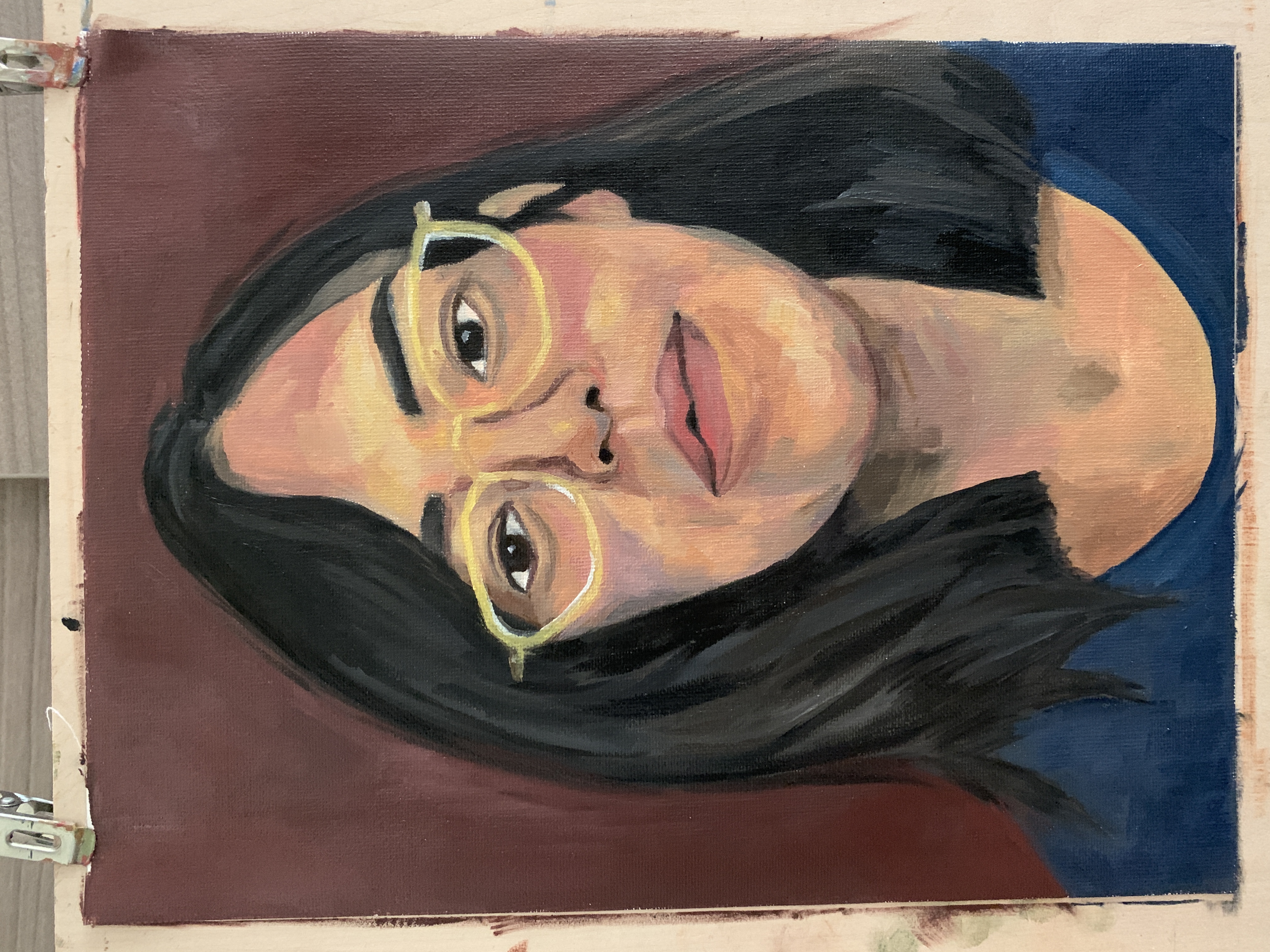Capturing Portraits: Insights from a Master Oil Portrait Painter
- Sok Han Teng
- Mar 23, 2022
- 2 min read
Updated: Nov 17, 2023
If you’re not already familiar with what Rembrandt lighting is, it’s a technique used for portrait photography named after a great painter known by the name of Rembrandt Harmenszoon Van Rijn.

Who is Rembrandt?
Rembrandt is a Dutch painter and printmaker, born on July 15, 1606, in Leiden, Netherlands, and died on October 4, 1669, in Amsterdam. He is also known as a painter of light and shade.
Rembrandt lighting is a technique in which you place the light on your face at such an angle that an upside-down, light triangle appears under your eyes. The spotlight was introduced in the early 20th century by a remarkable film director in Hollywood known by the name of Cecil B. DeMille for the purpose of creating more realistic light and shadow effects.
Why Should You Use Rembrandt Lighting?
Rembrandt lighting is a way of creating instant shadow and light contrast effects to enhance the quality of your photo, and give it a more chill vibe. It gives your photo a sudden effect of psychological depth along with a sparking element of drama, and this is not the only reason it’s effective, but also because it is proven to act as a photography trick that catches other people’s attention. There are many ways to use Rembrandt lighting as a method of drawing people’s attention to the subject in the photograph, which includes negative space, leading line, and depth of field.
If you’ve been involved in any kind of portraiture, you must know that focusing on the eyes of the subject is always the aim. And when using the Rembrandt lighting technique, the shadow triangle is placed just under the eye on the shadow side of the face which will visibly shoot up the emphasis and anyone who comes across the photo will be naturally drawn to it.
Rembrandt As An Inspiration
When learning about Rembrandt lighting for the first time, your instinct would be to look at other famous photographers to see how they use this ravishing photography effect, but instead of taking a look at them, why not let yourself get inspired by the genius himself who came up with the Rembrandt lighting technique? Rembrandt was fond of playing with life and shadows to give his art a unique look and achieve brilliant, yet different results every time.

The Rembrandt lighting effect can be easily seen in one of Rembrandt’s original self-portraits which he painted himself. In some of his Rembrandt effect paintings, the eyes are hidden to most intent, while in others, a more ordinary flat-on light effect is used. There is some of his artwork in which a triangle-shaped silver of light below the subject’s eye is clearly visible. And the fun fact about this whole thing is that Rembrandt painted most of his art with the help of a mirror.
Some examples of Rembrandt Lighting:
Ending Note
The main key when using the Rembrandt lighting technique is to understand and focus on the dramatic impact it will have on your image. You don’t have to be a pro to be able to try this technique, all you need is a handful of creativity along with some basics about this particular effect, and Voila! You’re good to go.











Comments